- The Eastern Economic Corridor and the Belt and Road Initiative will become new highlights of China-Thailand economic cooperation

Thailand has achieved certain success in the modernization process, and has a certain influence in the cooperation of ASEAN and other surrounding regions. However, in recent years, due to the sluggish international market and domestic political instability, Thailand's development has also faced many problems such as the decline of national competitiveness, stagnant industrial development, lack of labor, and an aging population.
In order to solve the deep-seated contradictions accumulated during the long-term development of Thailand, the Thai government proposed the "Thailand 4.0" strategic policy. The flagship projects of the “Thailand 4.0” strategic policy include the planning of the Eastern Economic Corridor as a major strategic measure, the establishment of special economic zones in the three provinces of Chathuan Sao, Chonburi and Rayong on the eastern coast, through vigorous development of infrastructure construction and implementation of a A series of preferential investment policies attract high value-added industries to settle here.
The Eastern Thailand Economic Corridor is located between the Greater Mekong Economic Corridor and the 21st Century Maritime Silk Road. It is located on the east coast of the Gulf of Thailand. It is connected to Cambodia, Laos and Vietnam on land, and at the midpoint of the sea route between the Indian Ocean and the Western Pacific Ocean. It is Thailand's traditional industrial base and maritime logistics center, with special geographical advantages and development space. The Thai government has developed the Eastern Economic Corridor plan into a national strategy, which is of great significance.
Sino-Thailand Cooperation
The construction of Thailand's Eastern Economic Corridor provides a new platform for cooperation between Thailand and China around the Belt and Road Initiative. While investing in the national budget, the Thai government has also promoted the cooperation model of "government and private capital cooperation" to provide a green channel for social capital to participate in the Eastern Economic Corridor. At this stage, China and Thailand have great potential for cooperation in the construction of infrastructure and related supporting facilities in the Eastern Economic Corridor.
In terms of infrastructure and logistics, the Thailand Eastern Economic Corridor logistics network development plan will screen the first transportation projects to be implemented in accordance with investment and budget every year to match the development plan of roads, railways and terminals. Thailand is fully advancing the construction of five major infrastructure projects connecting the three major airports with high-speed rail, U-Tapao Airport, Laem Chabang Port Phase III, Aviation Maintenance Center, and Eastern Aviation City. Kani, secretary-general of the Eastern Economic Corridor Development Policy Committee of Thailand, said, "Eastern Economic Corridor investment will become the driving engine of Thailand's economy for a long time to come."

At present, Suvarnabhumi International Airport and Don Mueang Airport in Bangkok and surrounding areas in Thailand have been unable to meet the increasing demand for passenger transport. Uttar Pradesh Airport has begun to become Bangkok's main diversion airport. At present, Utapao Airport has opened a number of international routes, including routes with China's Nanning, Nanchang, Macau and other cities. The upgrade and expansion of Utapao Airport has a vital impact on air passenger transportation and logistics in Thailand's Eastern Economic Corridor. The Thai government will also rely on Utapao Airport to establish a regional aviation hub to develop Thai aircraft repair and aviation personnel training industries. The expansion of Thailand's airport and the construction of a regional aviation hub will provide opportunities for China's civil aviation and general aviation industries to expand overseas shipping business, establish overseas cooperation bases, and strengthen personnel exchanges.
Laem Chabang Port is the largest deep-water port in Thailand and one of the important ports along the Maritime Silk Road. After the completion of the third phase of the Laem Chabang Port construction project, Laem Chabang Wharf will become an important port in the region in the future, and together with Maddap Port and Sadasi Port will become a maritime hub connecting the Eastern Economic Corridor and the countries along the Maritime Silk Road. . This will provide a good opportunity for Chinese port construction companies.
Thailand proposed plans to upgrade the double-track railway and build the Bangkok-Rayong high-speed railway. Double-track railway upgrade project The government plans to fully upgrade the original narrow-gauge railway to a standard-gauge double-track railway, and connect it with major industrial areas and major transportation hubs to create an uninterrupted logistics system for the Eastern Economic Corridor. The completion of the Bangkok-Rayong High Speed Rail Project will connect Suvarnabhumi Airport, Don Mueang Airport and Uta Phrao Airport as well as major tourist destinations and densely populated cities. With regard to double-track railways and high-speed railways, Thailand is highly dependent on Chinese technology and capital, which gives Chinese companies the opportunity to quickly participate in infrastructure projects in Thailand’s Eastern Economic Corridor.

In addition to increasing infrastructure construction, Thailand is focusing on cultivating high-level skilled workers to provide talent reserves for the construction of the Eastern Economic Corridor. "The Thai Ministry of Labor has established a multi-party cooperation model for universities, vocational technical colleges, and vocational technical training centers, which not only adds more advanced technical content, but also increases the number of trainees," said Chai Li, an official from the Department of Vocational and Technical Development of the Ministry of Labor.
Thailand is relatively short of fossil fuels. New energy and alternative energy technologies will reduce Thailand’s dependence on traditional fossil fuels, which is of great significance to Thailand, which mainly relies on imports of oil and natural gas. China's new energy vehicles have made great progress in recent years. The quality of new energy vehicles has reached the international advanced level and has begun to enter the market promotion stage. The opening of the Thai market will provide an excellent window period for China's new energy automobile industry to follow the Belt and Road Initiative and participate in the competition in the Southeast Asian market.
At the same time, the development of Thailand's digital industry will also provide opportunities for China's e-commerce, online finance, application software and other industries to "go global." Compared with China, the Thai e-commerce market is still in its infancy. The leading technology and successful experience that China has accumulated in the field of e-commerce will help Chinese Internet e-commerce companies to explore and deepen the Southeast Asian market. Chinese companies have acquired and invested in Southeast Asian e-commerce website lazada, Thai portal site sanook, and the promotion of Internet online payment in Thailand, marking that Chinese companies have begun to enter the Southeast Asian and Thai markets. The Eastern Economic Corridor plan will provide a broader platform for the digital industry cooperation between China and Thailand, and provide enterprises with more convenient and preferential policies. This will also facilitate the globalization of China's digital industry and the creation of a soft spot in the countries along the Belt and Road. strength.

"The shift of China's superior production capacity with advanced technology to Thailand is in line with Thailand's development needs at this stage. The Belt and Road Initiative connects with the Eastern Economic Corridor and can achieve mutual benefit, win-win and common development." Said Zhaowa, Director of the Research Center of Thai Chinese Farmers Bank.
Thailand’s Eastern Economic Corridor plan is highly compatible with China’s One Belt One Road initiative and will bring new investment opportunities to Chinese companies. At present, the total investment of Chinese enterprises in the Eastern Economic Corridor has reached 60 billion baht.
Kanit Sangsubhan, secretary-general of the EEC Office, said: "The increase in investment budgets can enhance investor confidence. The EEC Act has been implemented, opening up channels for the promotion of related projects."
For a period of time in the future, the "traditional advantage industries" and "future industries" of the Eastern Economic Corridor will have obvious complementary advantages in cooperation with the Belt and Road Initiative. Including industries such as the new generation of automobile manufacturing, digital industry, automation and robotics.
Thailand Eastern Economic Corridor
Thailand's national development strategy has gradually become clear, and the cooperation between China and Thailand at the national strategic level has entered a new era. The strengthening of communication, exchanges and win-win results between China and Thailand on national strategies, national development plans and government policies will help China build the Belt and Road cooperation paradigm, promote the adjustment of industries and production capacity between China and Thailand, and strengthen China’s influence in Southeast Asia. force. The Eastern Economic Corridor is part of Thailand's future development strategy, and is a phased goal and pilot project for Thailand's national development. The Thai government attaches great importance to the Eastern Economic Corridor and also provides preferential investment policies. The linking role of the Eastern Economic Corridor region also provides a platform for Chinese high-tech companies to enter Southeast Asia. The sound bilateral relations and the foundation of political and economic cooperation between China and Thailand provide opportunities for the two countries to cooperate in the Eastern Economic Corridor.
Although Thailand has recovered its stability after the 2014 military change and promulgated its constitution in 2017, the upcoming general election will bring great uncertainty to Thailand’s political situation. Prayut used the "44 Privileges of the Constitution" to promote reform and gained popular support, but public opinion has never stopped questioning and opposing the "44 Privileges of the Constitution". Religious contradictions are a huge challenge for the stability and development of Thai society after political contradictions.
In addition, Thailand intends to restart the Kara Isthmus project. To bypass the Strait of Malacca, you can not only pass through canals, but also through land bridges. Yang Baojun, a professor at the School of International Relations of Peking University, pointed out: “Whether it is a road bridge or a canal project, it passes through the Kela Isthmus, the narrowest point connecting the Pacific and Indian Oceans. In the ancient maritime Silk Road, the Kela Isthmus was a very important trade transit. Point.” The project was proposed again because Thailand’s economy was greatly affected during the epidemic. In order to restart the economy, Thailand very much hopes that strong foreign capital can enter the market to support major projects that are beneficial to Thailand’s economic development. If the Kara Isthmus project can be restarted, it will indeed bring a lot of benefits, so that Thailand can benefit from all aspects of political geography and economic geography. Obviously, if the project can be successfully restarted, then there may be a new platform for economic competition and geopolitical competition in Southeast Asia.
In terms of economy, Thailand's traditional industrial foundation is weak. At present, Thailand's local industrial enterprises are dominated by low-tech light industries, while high value-added industries such as automobiles and electronic products are still in the hands of foreign companies. After entering the Eastern Economic Corridor, Chinese companies may face difficulties in finding downstream supporting industrial chain manufacturers and obtaining raw materials for production.
Thailand's R&D human resources are severely lacking. Thailand’s local education "emphasizes literature over science" has led to an extreme shortage of scientific research talents and senior skilled workers. Therefore, R&D companies may face greater competition for human resources. Thai local laborers lack experience in basic jobs such as construction and service industries. At present, Thailand is already facing a serious problem of labor shortage.
Therefore, Chinese companies should fully consider Thailand’s political risks when investing in the Eastern Economic Corridor plan.
The Eastern Thailand Economic Corridor is a regional platform established by Thailand to deepen reforms to drive the adjustment of the entire industry in Thailand and realize the development and upgrading of Thailand's economy and society; it is also a reform and pilot project to implement Thailand's 4.0 strategic policy. The Eastern Economic Corridor area is located in Thailand's most competitive industrial base, with good industrial infrastructure and supporting industrial chains, which can provide convenient conditions and support for foreign enterprises to quickly settle in. At the same time, the area also includes some old industrial industries with high energy consumption, low production capacity and low technology level. This provides the Thai government with reform and pilot experience for the development of high-tech and future industries in accordance with Thailand's 4.0 strategy to gradually eliminate outdated production capacity.

In addition, the three newly-built supporting cities in the Eastern Economic Corridor provide support for the development of industrial zones and industrial parks on the one hand, and on the other hand, it is a pilot project for Thailand to improve people’s living standards, population quality, and realize human capital reserves, which will also promote Thailand. Exploring the realization of balanced economic and social development. It will promote the development of regional high-tech technologies, promote the adjustment of Thailand's industrial institutions, create a regional future industrial super cluster, and lead Thailand out of the middle-income dilemma.
The Eastern Economic Corridor of Thailand is conducive to building a modern transportation network system, planning a vertical and horizontal connection, efficient, convenient, and low-cost transportation logistics network; it is conducive to attracting investment and creating a new economic growth engine. The development of traditional advantageous industries and future industries will promote the technological upgrading and transformation of Thailand's industries, optimize the layout of the eastern coastal industrial zone, and promote the integration of the industrial chain of the economic zone in the region. Transform the ecological structure of society and improve national education and living standards. In the future, Thailand’s Eastern Economic Corridor will develop into a world-class economic center, a trade and investment center, a transportation and logistics center, a world-class tourist attraction, and the gateway to Southeast Asia.
The location advantages, investment environment and preferential policies of the Eastern Economic Corridor provide good opportunities for cooperation for Chinese companies that are responding to the Belt and Road Initiative, which will become a new highlight of China-Thailand economic cooperation. Editor/Sang Xiaomei
Comment
 Praise
Praise
 Collect
Collect
 Comment
Comment
 Search
Search


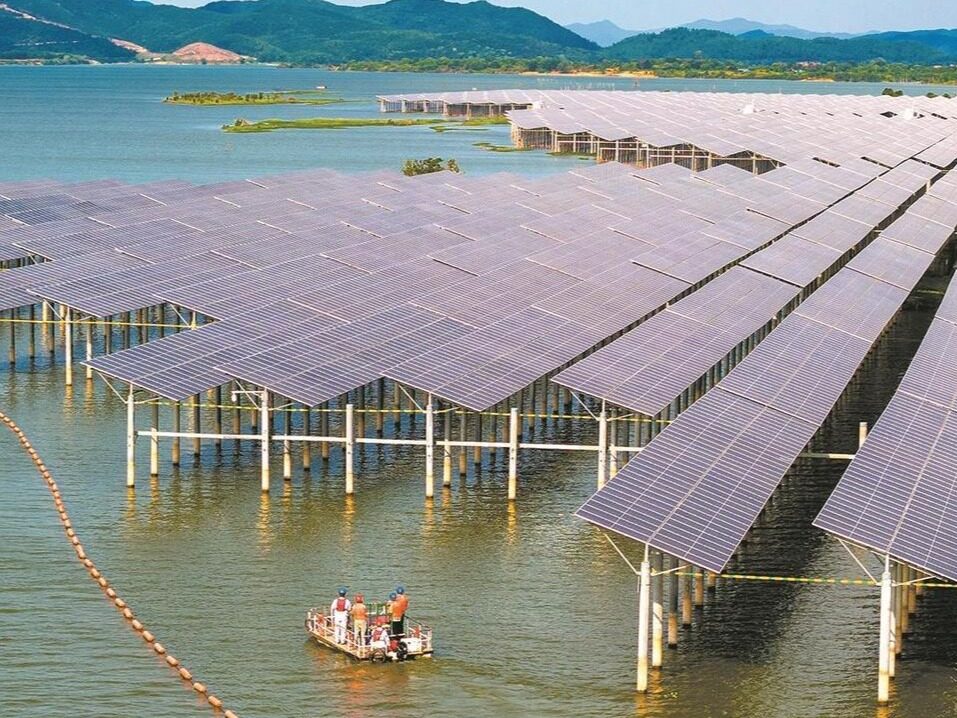
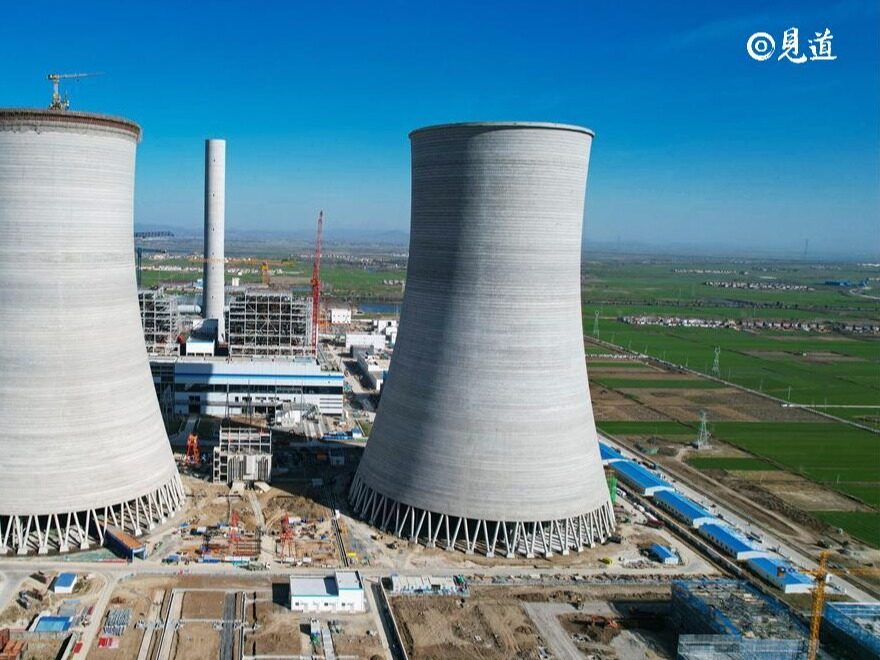
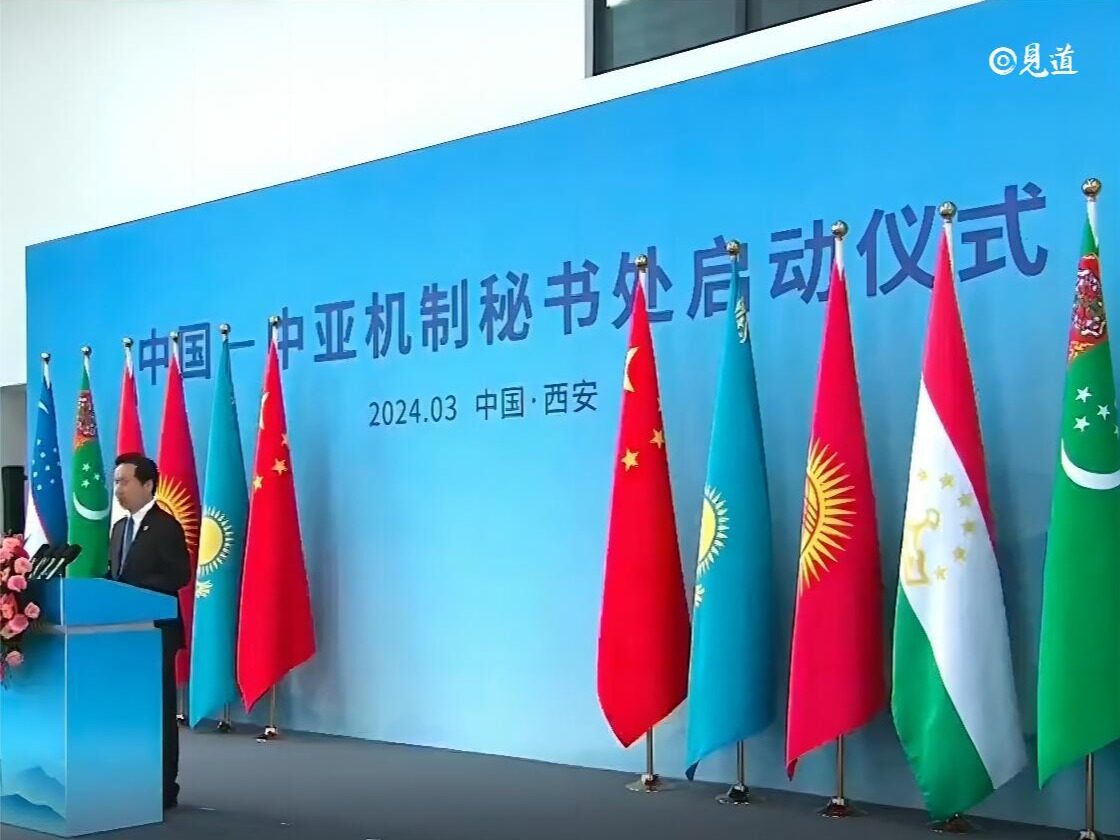
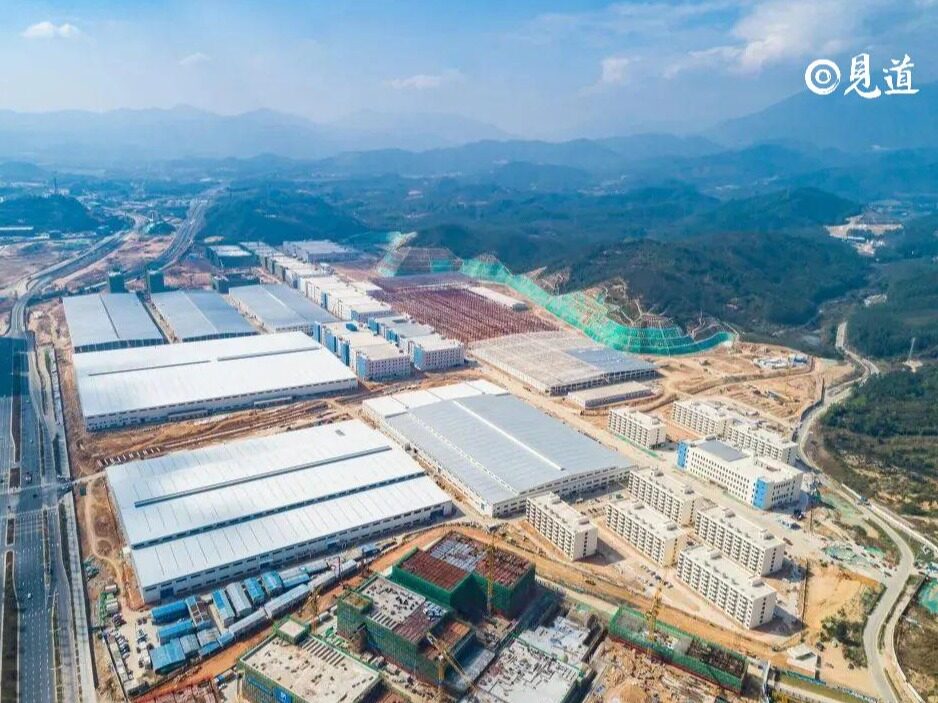

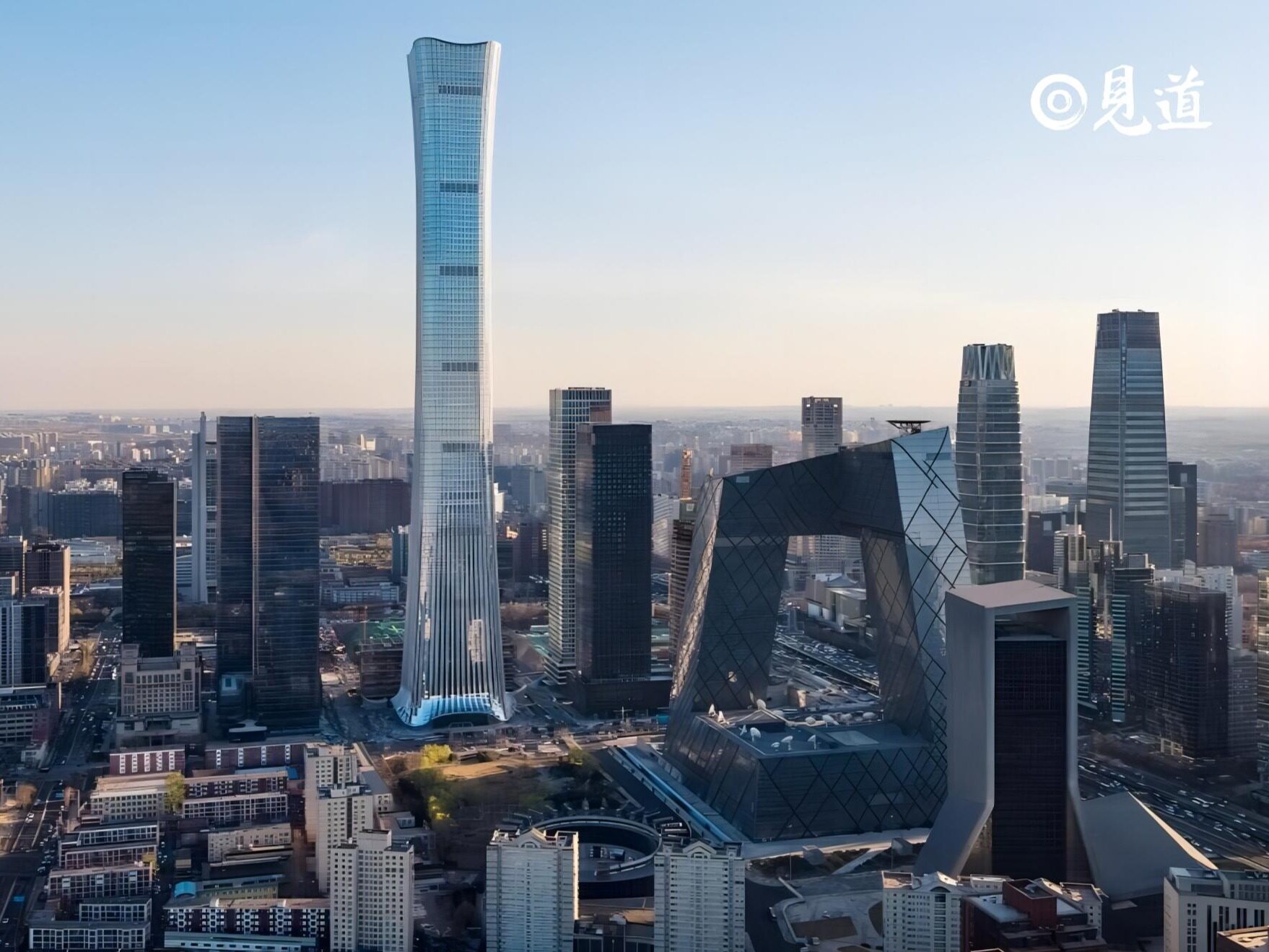






Write something~